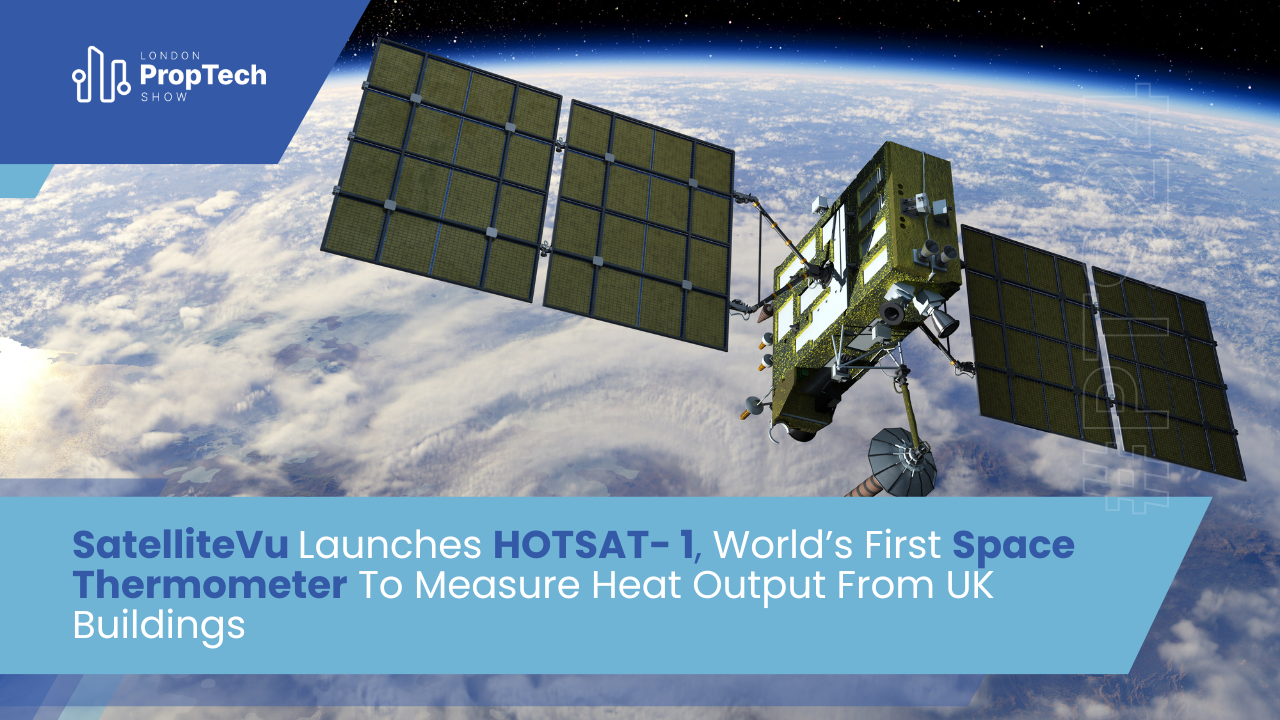June 13, United Kingdom: Satellite Vu, a London-based satellite imagery analytics company has launched its latest satellite, HotSat-1 to help tackle the impact of climate change due to heat output from households. As per the official press release by the company, Anthony Baker, CEO Satellite Vu said, “We’re introducing the first thermometer in the sky. Satellite Vu is launching a constellation of eight satellites that can measure the heat output from any building on the planet”.
The satellite is devised to have the resolution to see discrete rooftops and walls while rising at an altitude of 311 miles. Various UK and European space agencies have funded this project including Seraphim Space, Lockheed Martin, Ridgeline Ventures, Earth Sciences Foundation and Stellar Ventures to help tackle climate catastrophe.
The invention is expected to have the capability to deduct household fuel costs if the UK’s traditional housing is retrofitted accordingly. With the UK's commitment towards net zero, the country is executing certain infrastructural developments to accelerate the process due to its inefficient house planning of the majority of homes constructed prior to 1970.
At the launch event, Baker further said that “This instrument could effectively measure the climate effects so that we could direct people towards the worst buildings or the worst leakage of energy or pollution in the sea or failed solar cells and so they can take corrective action." He further added that by gaining access to city-wide data, the company can detect the worst 20% of buildings and can accordingly work on the upgradation of those properties.
The satellite is equipped with the latest technology that could identify structures and open spaces that aggravate the urban heat island effect including large car parks at retail centres. Such dwellings can significantly catalyse the temperature in towns and cities.
With the rise in global temperatures, HotSat-1 could help to mitigate heat-wave impacts and construct heat vulnerability indices to lower health risks for the UK’s urban population.`
Through remote sensing and thermal mapping, the satellite could provide timely observations to monitor the effects of urban heat islands (UHI) over time and monitor land surface temperature (LST) respectively. With the mapping of UHIs, socioeconomic data pertaining to population, demographics, and health-related information into heat vulnerability indices (HVI), the satellite can help guide interventions to manage heat-related risks to public health.
With the launch of this revolutionary satellite, the UK can further strengthen its vision of becoming net zero by 2050 which would ultimately help the country to extensively work towards sustainability in the real estate sector.

